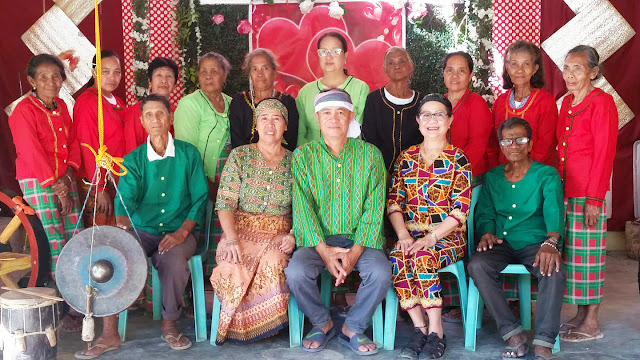The Tagbanua Race

An Article about the Tagbanua by Fe Tria Fernandez. LINK HERE . http://www.pia.gov.ph/philtoday/pt03/pt0312.htm The Tagbanuas are original race of people inhabiting Palawan. They are by far the most numerous of the ethnic groups that inhabited Palawan during the pre-Hispanic times. They are the most cultured of the original people because they have an alphabet of their own. Tagbanua music basically makes use of three kinds of musical instrument. Agong is a brass instrument 1½ feet in diameter with a fist-sized node at the center. It is played by beating the node with a stick wrapped with strips of cloth. Babandil, another kind of musical instrument, is similar to the agong but only about four inches in depth. It is played with the use of the beater made of soft wood. The sound is mellower than the gong. The third kind of musical instrument is the gimbal similar to the snare drum. It is a hollow wood 1½ feet tall, five to 10 inches in diameter and covered at...
